This is from November, 2013. Do I still believe this? This is before I discovered shaky-cam, which was in the middle of 2014.
That’s something I think about a lot, though much of that thinking is in the form of the photographs themselves. I suppose the thinking began when I got my Canon point-and-shoot to photograph Millennium Park in Chicago. At that time I had no intention of becoming a serious photographer, but I nonetheless thought about what I was doing.
Things turned serious when I decided to pursue graffiti and got my trusty Pentax SLR. There the issue was: how do I photograph graffiti? I read advice that said to photograph it straight-on and four-square, no fancy stuff. That is, photograph it as though it were a painting hanging on a wall, any wall, somewhere. The focus is on the graffiti, not on what you as a photographer can do with a camera.
Fair enough. The trouble, though, is that graffiti isn’t hanging on any just wall. It’s not hanging at all; it’s painted directly on this or that particular wall. So that particular space becomes part of the experience of the graffiti. Context is important. Further, graffiti is often quite large so that moving back and forth, in and out, is part of your experience. All of this calls for context shots, and not just one or two, and detail shots of various scales. And what about time of day and season of the year?
At this point photographing graffiti is no longer so simple. It now calls on one’s powers of imagination and invention, one’s skills as a maker of images. That is, there is the graffiti writer’s skills, and there are your skills. What’s the (proper) relationship between the two?
Not obvious.
Meanwhile, I began photographing other subjects and I began experimenting with Photoshop. At first I was only interested in an accurate rending of what I saw. But just what does THAT mean? In some sense that’s physically impossible. There’s no way any photograph can match the light one sees with one’s eyes. Exact color fidelity is somewhere between impossible and meaningless. So just how do I handle color when rendering an image? Is it appropriate to boost the saturation and contrast? Why or why not? How much?
There’s no absolute answer to such questions.
And then I began to experiment with Photoshop. Here’s a few experiments I did with the image from the top of this article:
If I were to have a show, would it be legitimate to display such images? Or are they all just visual stunts? What about displaying a selection of such images as a group? That, I find, is more interesting to me. And I do think in terms of groups of images, not just one at a time. But still, what does that do in this case?
If I have to provide an artist’s statement to justify the exhibition, then, no, I don’t think it’s legitimate. The images should stand on their own, no? And just why do I think that?
I spent a lot of time doing such experiments. And then I stopped, more or less. That might well be taken as a sign that, no, there’s really nothing there that qualifies as ART.
But why not? There was a time in the West when Art was representational. But then along came abstract art of various kinds. Those images justified themselves purely on formal and expressive elements. Couldn’t these ‘extreme’ or ‘deviant’ photographs do the same? So what if the colors are utterly unnatural, who cares? Is the composition pleasing? Are the colors expressive?
Well, if photography is about representation, then, no, composition and expression don’t trump all. If they falsify the representation, then they aren’t justified.
So we’re thrown back on representation. But that’s what got us started. Because exact representation is physically impossible. You’ll never get the colors, and the geometry is distorted as well, though we’ve become so used to photographs that we don’t notice the geometric distortion. But that distortion is obvious to any photographer as soon as they look at the images out of the camera. The distortion isn’t of the kind you see in funhouse mirrors. There is clear geometric rigor to photographic images. But it’s not the rigor of the visual system. Distant objects appear smaller in photographs than they do under direct observation. Correlatively nearby objects are too large.
And then there’s plane of focus effects. Everything the eye sees is in focus; that’s because the eye is constantly and automatically adjusting focus as needed. You can’t blur the visual field at will like you can blur the camera’s field. So, depending on aperture and speed, some part of the image will be in focus, some won’t. That’s not natural; you don’t see the world that way; but photographers love to play around with focal plane effects.
If photography is about representation, just what KIND of standard is THAT?
More recently I started pointing the camera at the sun and getting images like these:
These are as strange as the photo experiments above. And yes, I had to do a bit of photoshopping on these images too. But it was of a different kind. Here the effort was simply to get some reasonable image at all. The strange colors and intensities are all that’s there in the image. There’s no way to get a “natural” image from these shots. But then what’s natural about looking into the sun and not blinking?
These images are of a different quality from the ones above, but the basic technique is the same, shoot into the sun:
Frankly, I find these last two series exciting, and exciting in a way that the Photoshop experiments are not. But why?
I note that one can play around with Photoshop using any image whatsoever. But these last two sets of unusual images, of unnatural images, they are more restricted in kind. You need the sun, and you need something between you and the sun. But it doesn’t necessarily have to be a natural something.
Representation has something to do with it, but what?
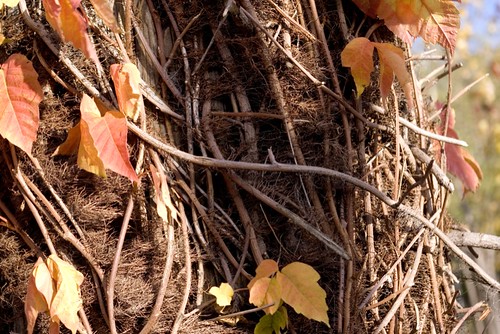
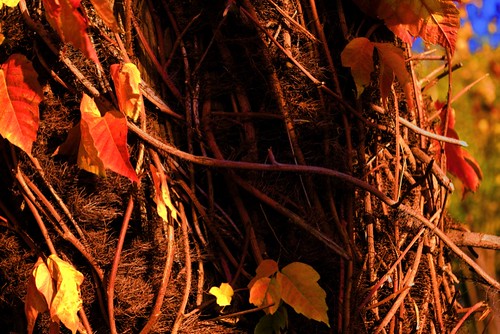
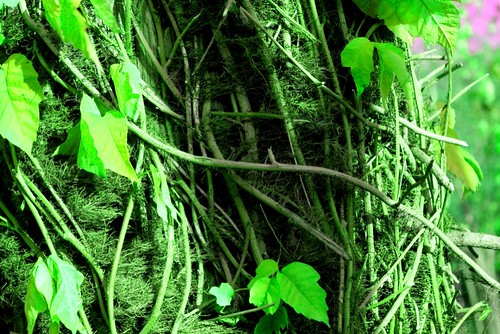
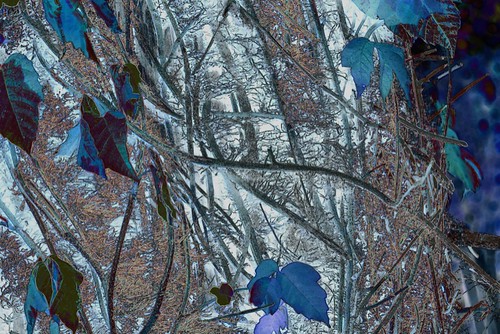
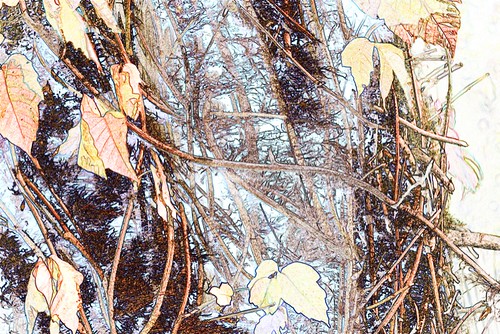
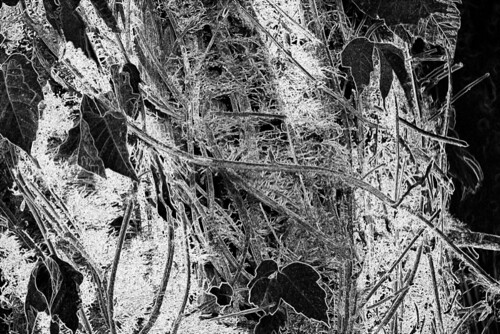

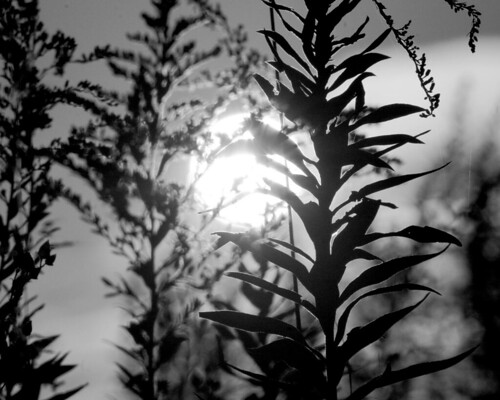
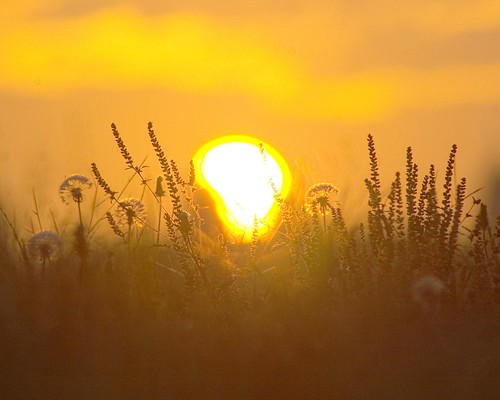
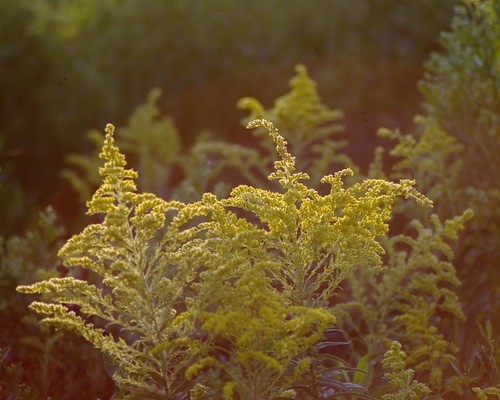
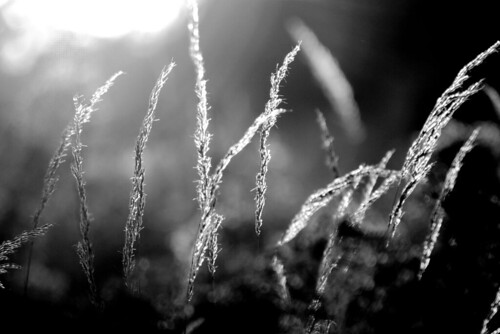
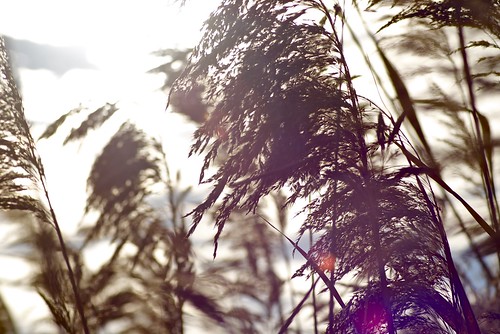
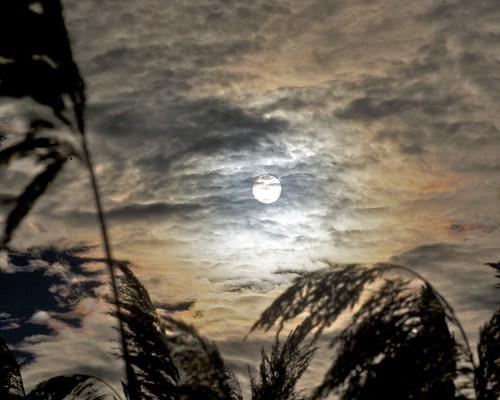



"At first I was only interested in an accurate rending of what I saw. But just what does THAT mean?"
ReplyDeleteThoughts going through my mind for the last couple of nights. Just started out taking pictures, used gimp just to crop but downloaded some software from the camera manufacturer as I had taken some shots in a format that gimp and windows could not open. But it had a range of options on the side bar to alter pictures.
Rather enjoying taking pics at night but don't have the experience to do it properly. Some are sort of working but cranked a few settings very slightly to compensate.
http://beingoutoftime.wordpress.com/2013/11/28/all-saints/
That one is 'natural' or raw from what the machine produced.
http://beingoutoftime.wordpress.com/2013/11/28/night/
That one has sharpness turned up a notch to bring out the texture in the pavement.
http://beingoutoftime.wordpress.com/2013/11/30/oncoming-traffic/
This one had a color setting turned up a notch to bring the people in the distance more into focus.
The distortion you get with image really shocked me the first time I used it. Images looked terrible, but learning slowly to play with the limitations.
I find it a deeply pleasing activity. Still have little idea what I am doing but that hardly seems to matter. Its fun and makes popping out for a pint of milk at night into something memorable (couple of the shots were taken while engaged in this mundane everyday activity).
"The distortion you get with image really shocked me the first time I used it."
ReplyDeleteYou mean the geometric distortion? Things don't appear to be the right size? It DOES take getting used to, but I'm still surprised over what comes out the the camera.
& night-time shooting is interesting because of the low light. I like your sharpened image.
You mean the geometric distortion?
ReplyDeleteYes.
Night time is good. The light conditions are going to get poor here so thought it would be a way of keeping going over the winter but proving to be the most fun. Tonight is 3rd time out at night but it is interesting learning to deal with the light conditions.
Bit more experience under my belt I suspect its at night going to get the most interesting results.
Its also interesting catching the city in full cycle as it transforms at night. Interested to see what the winter brings and indeed the rest of the seasons in terms of change.